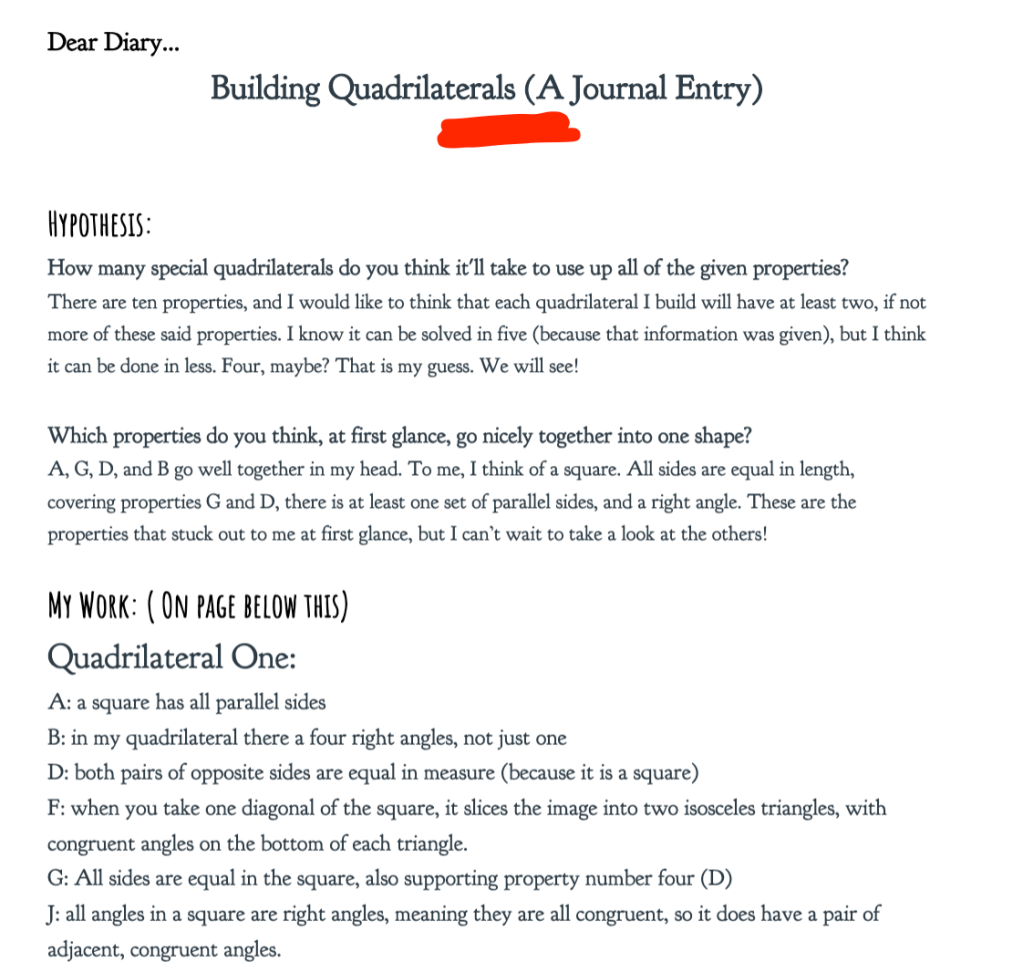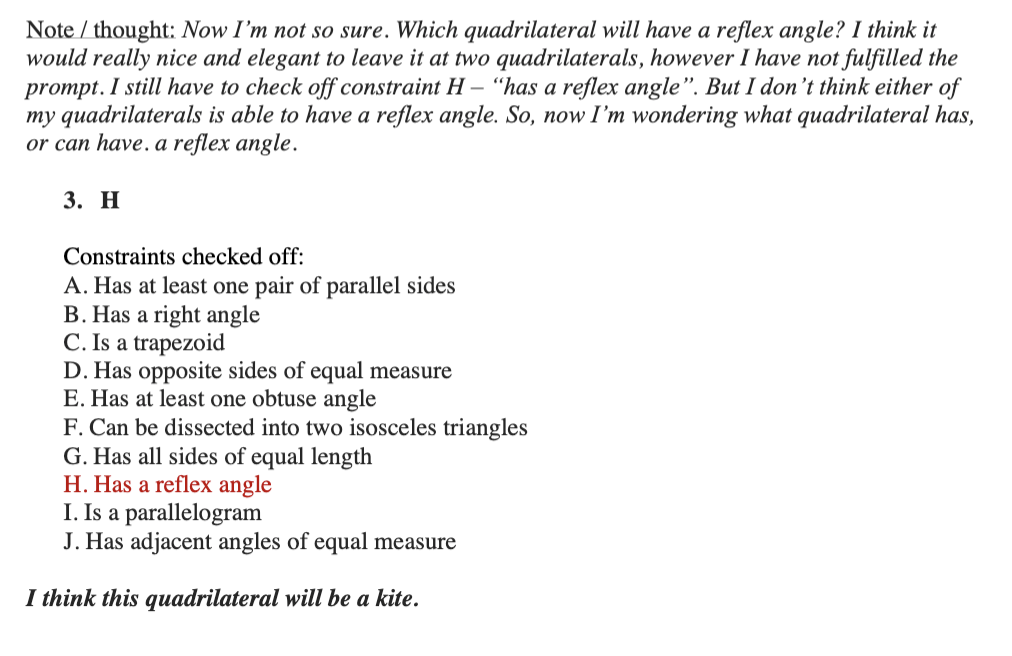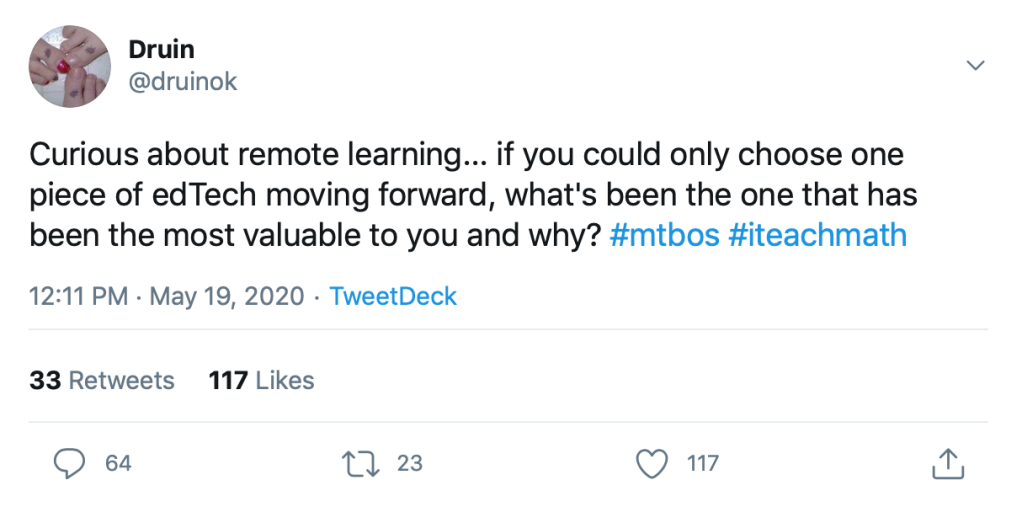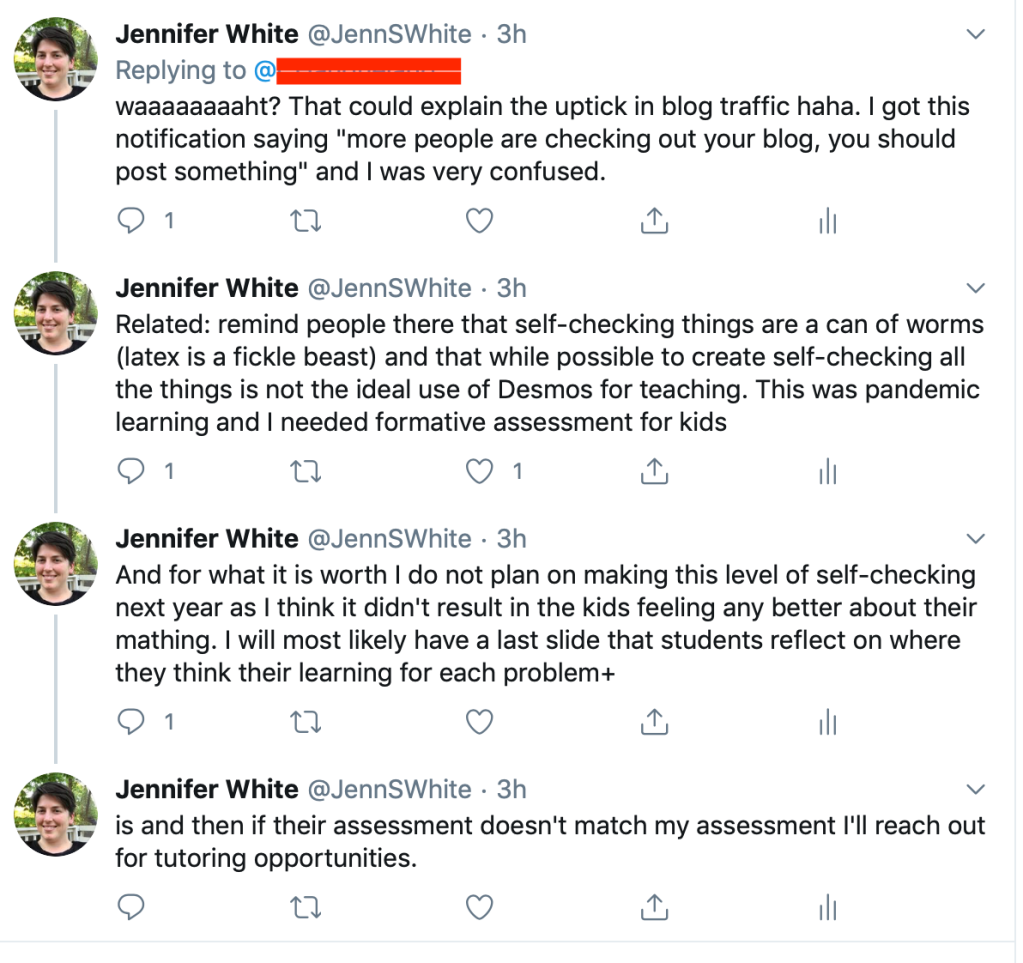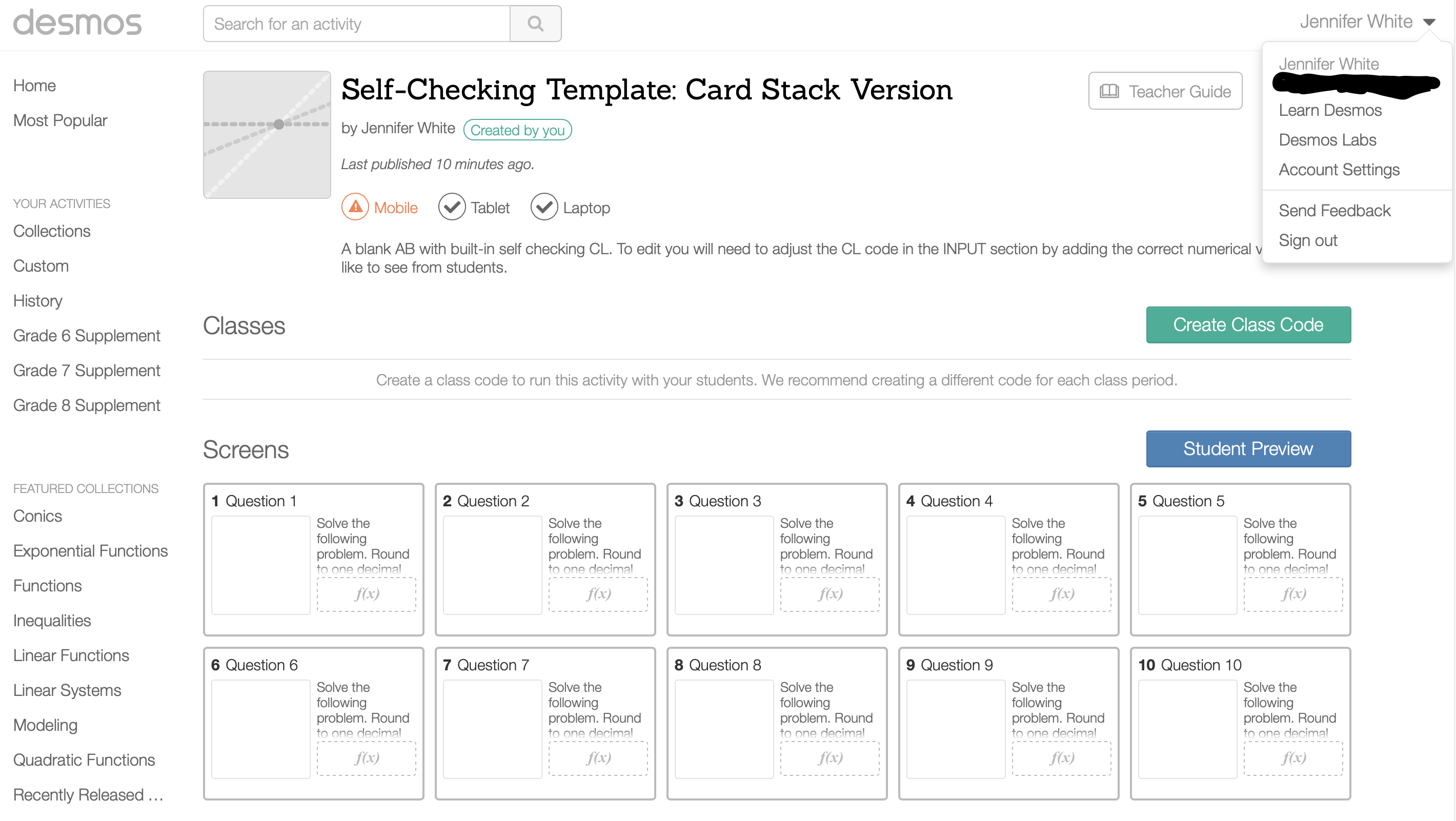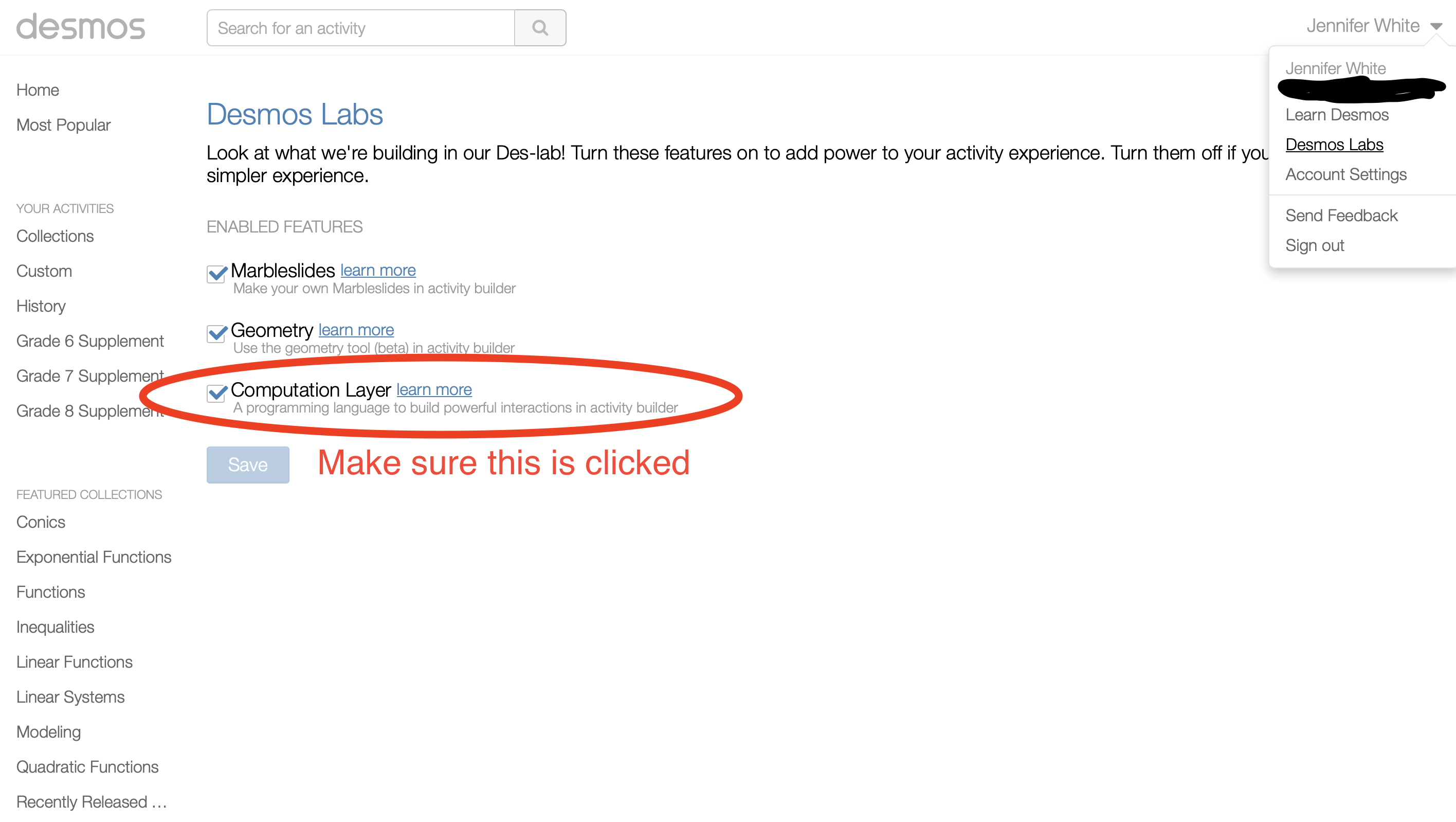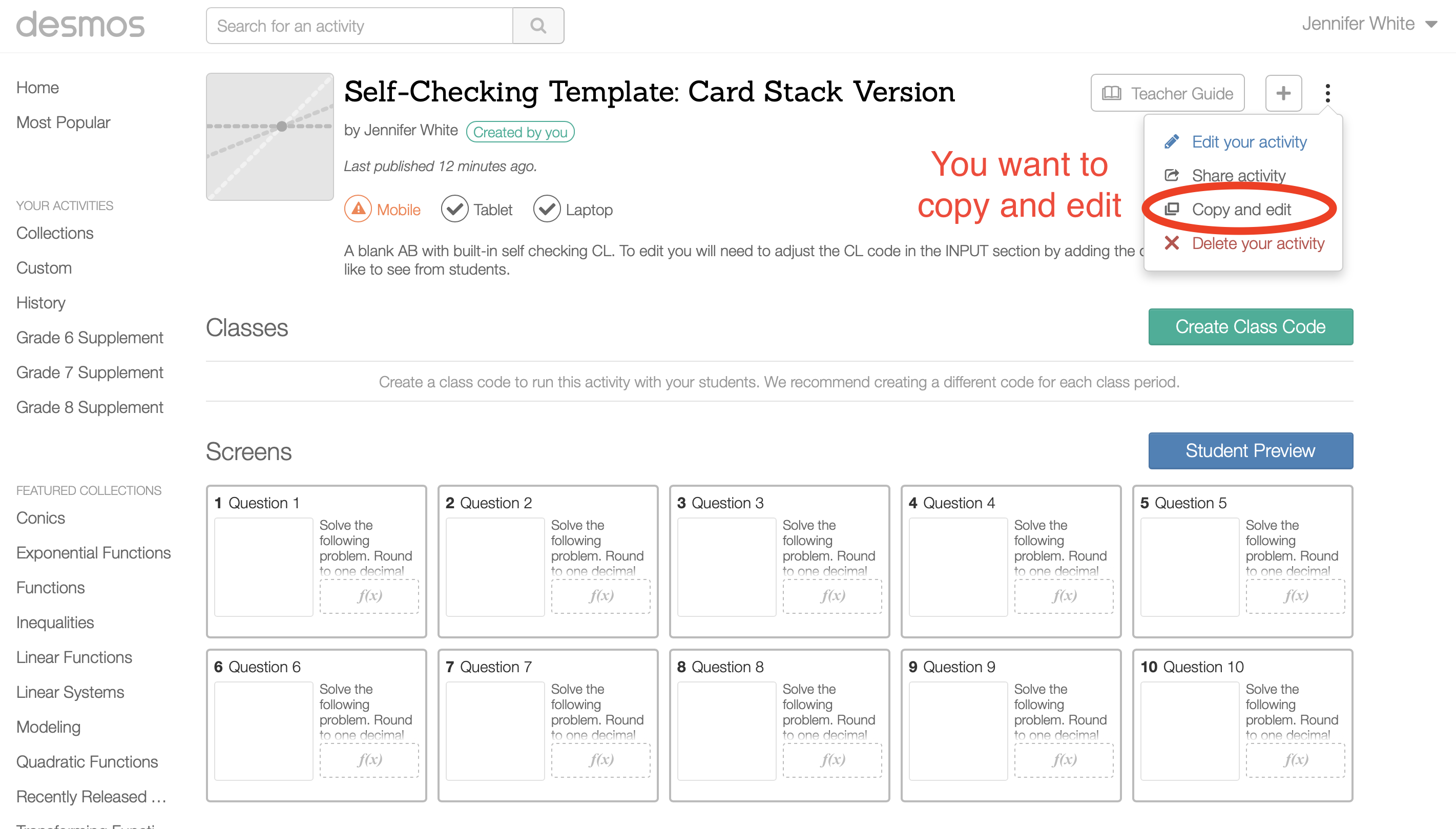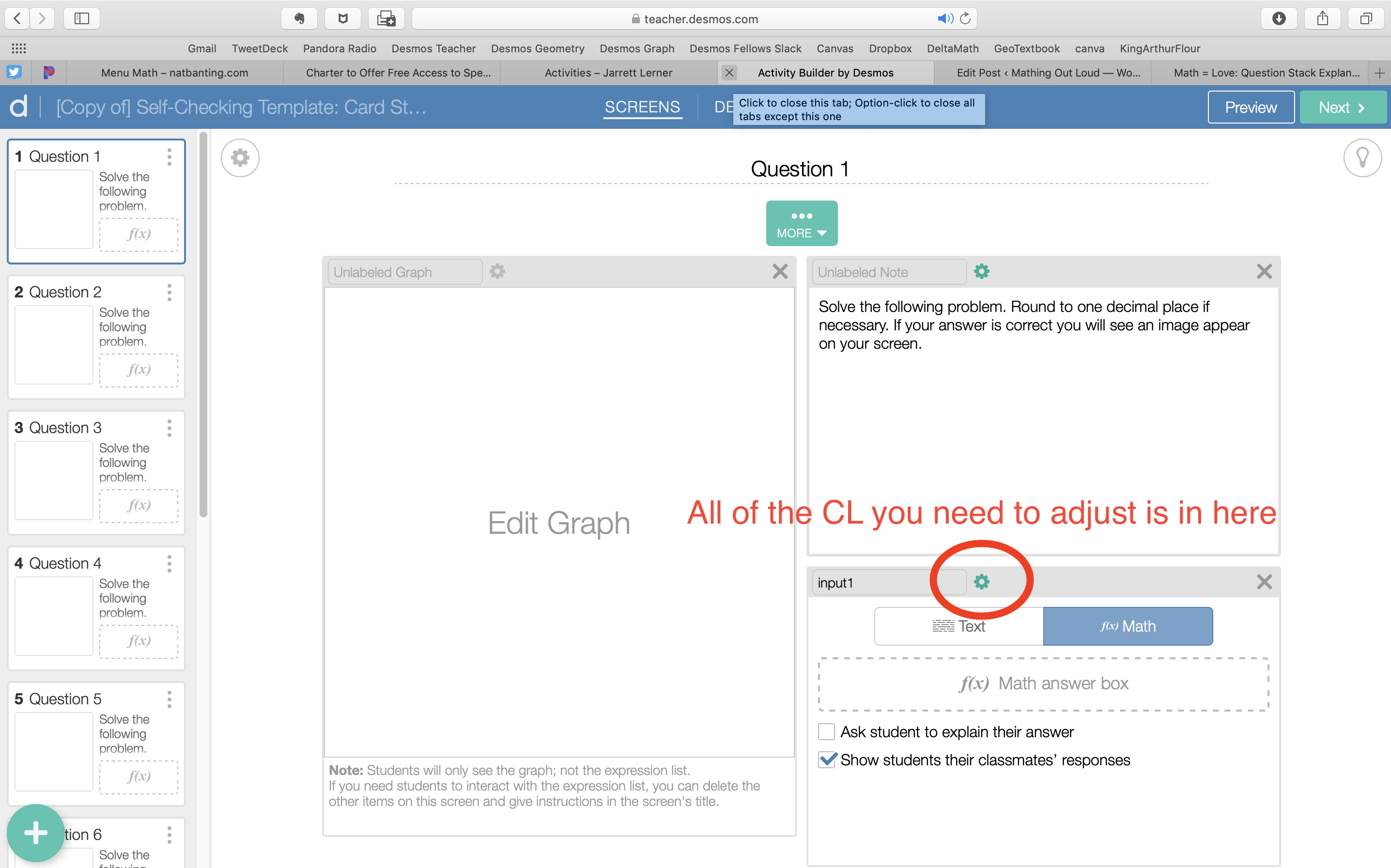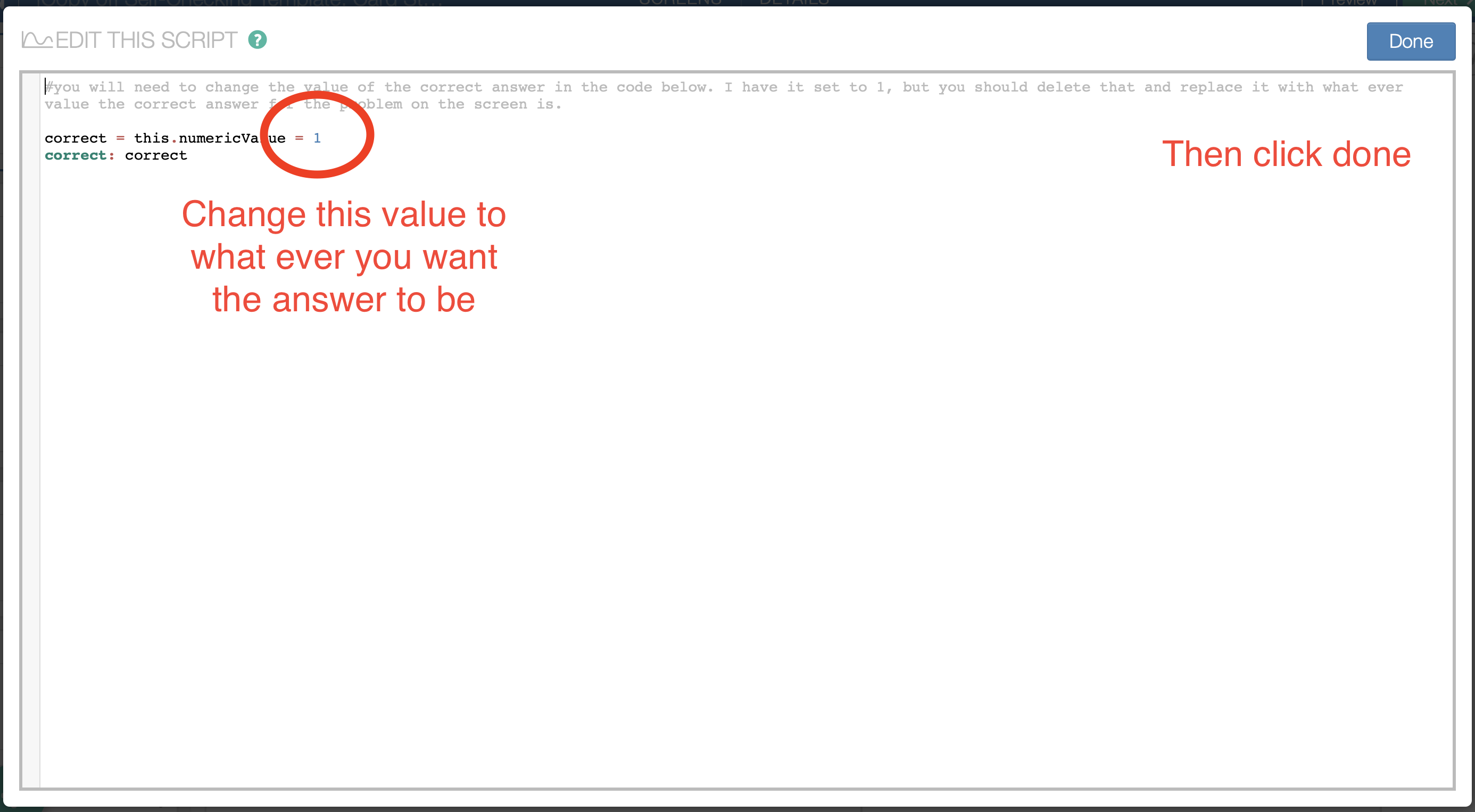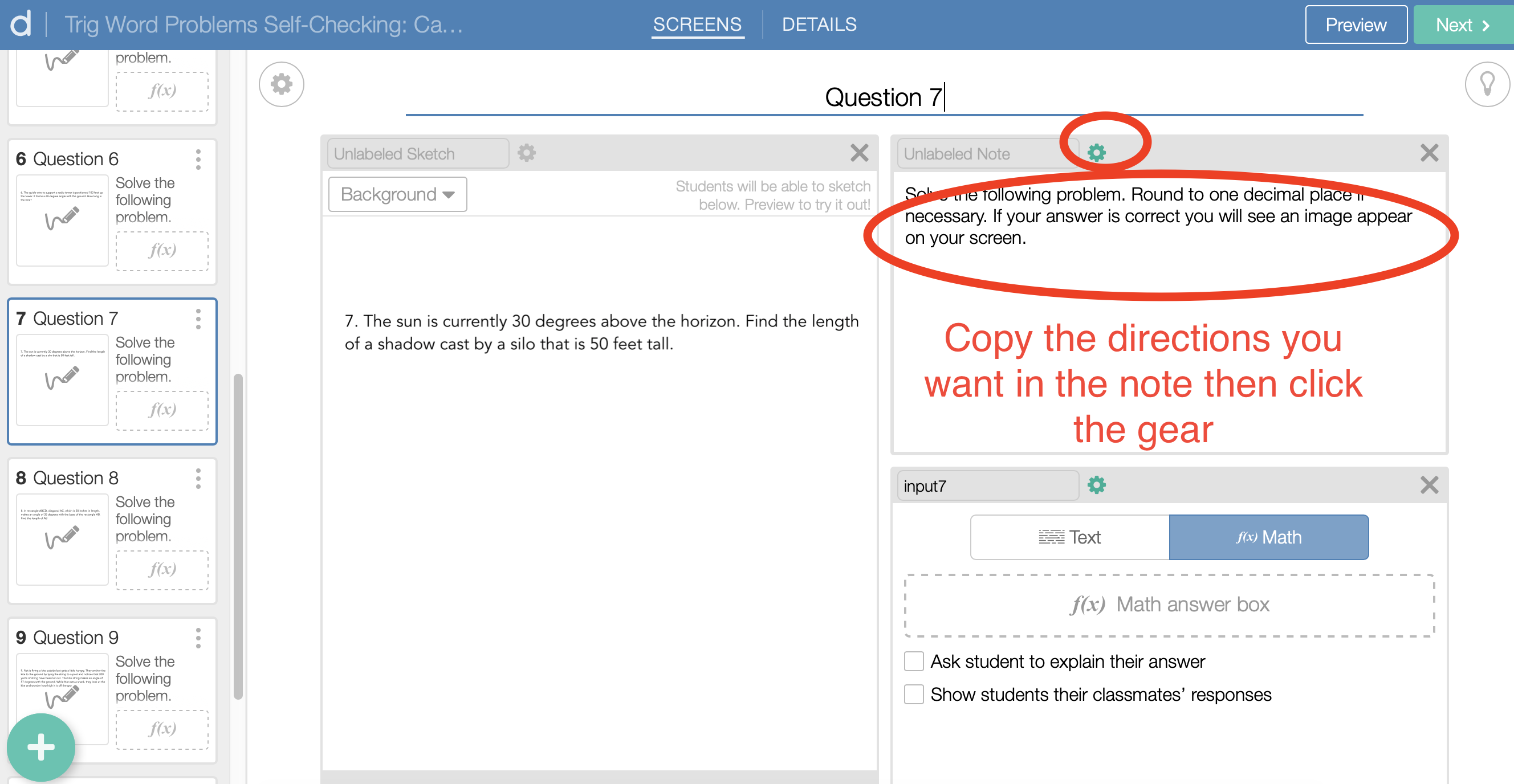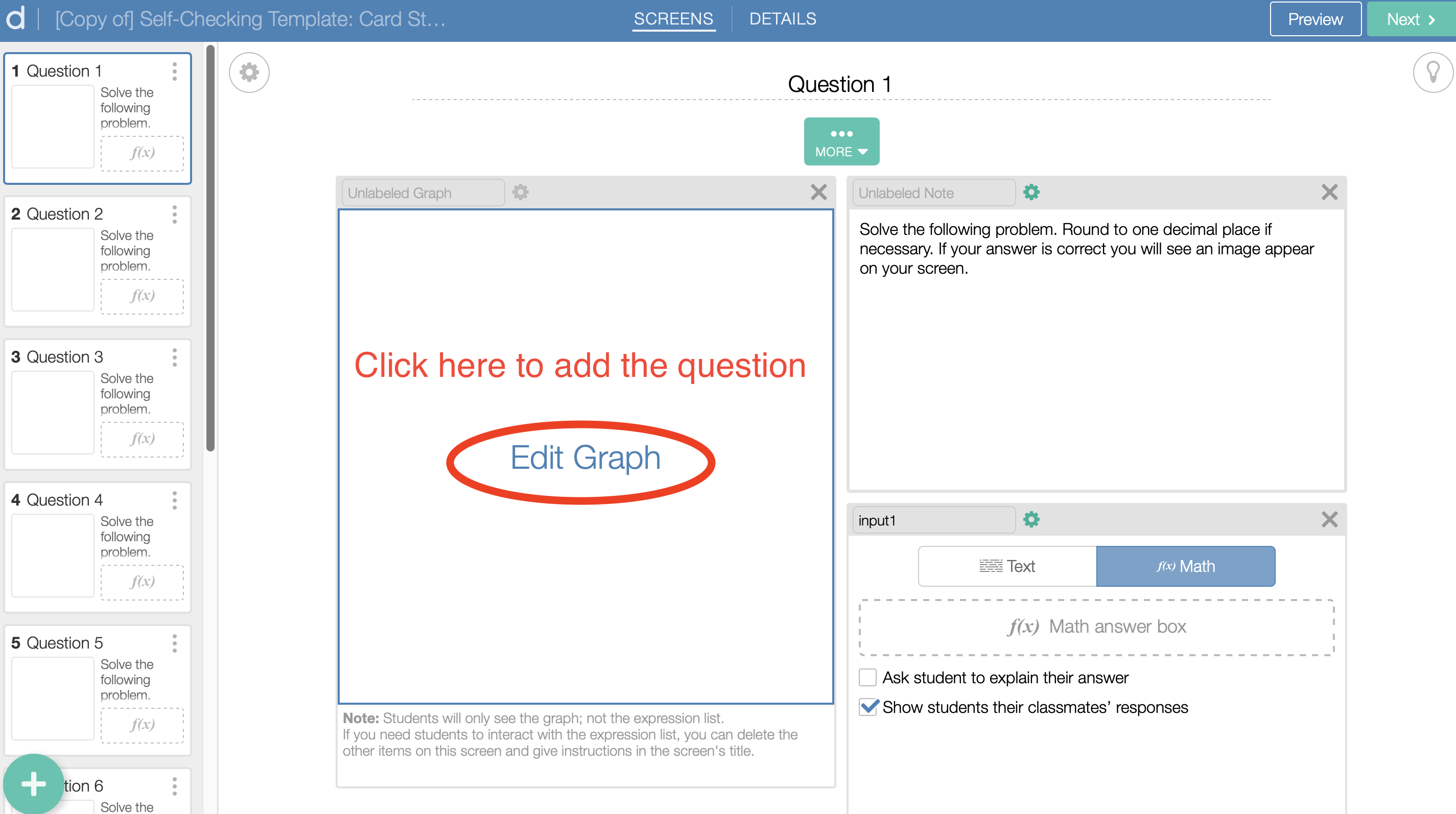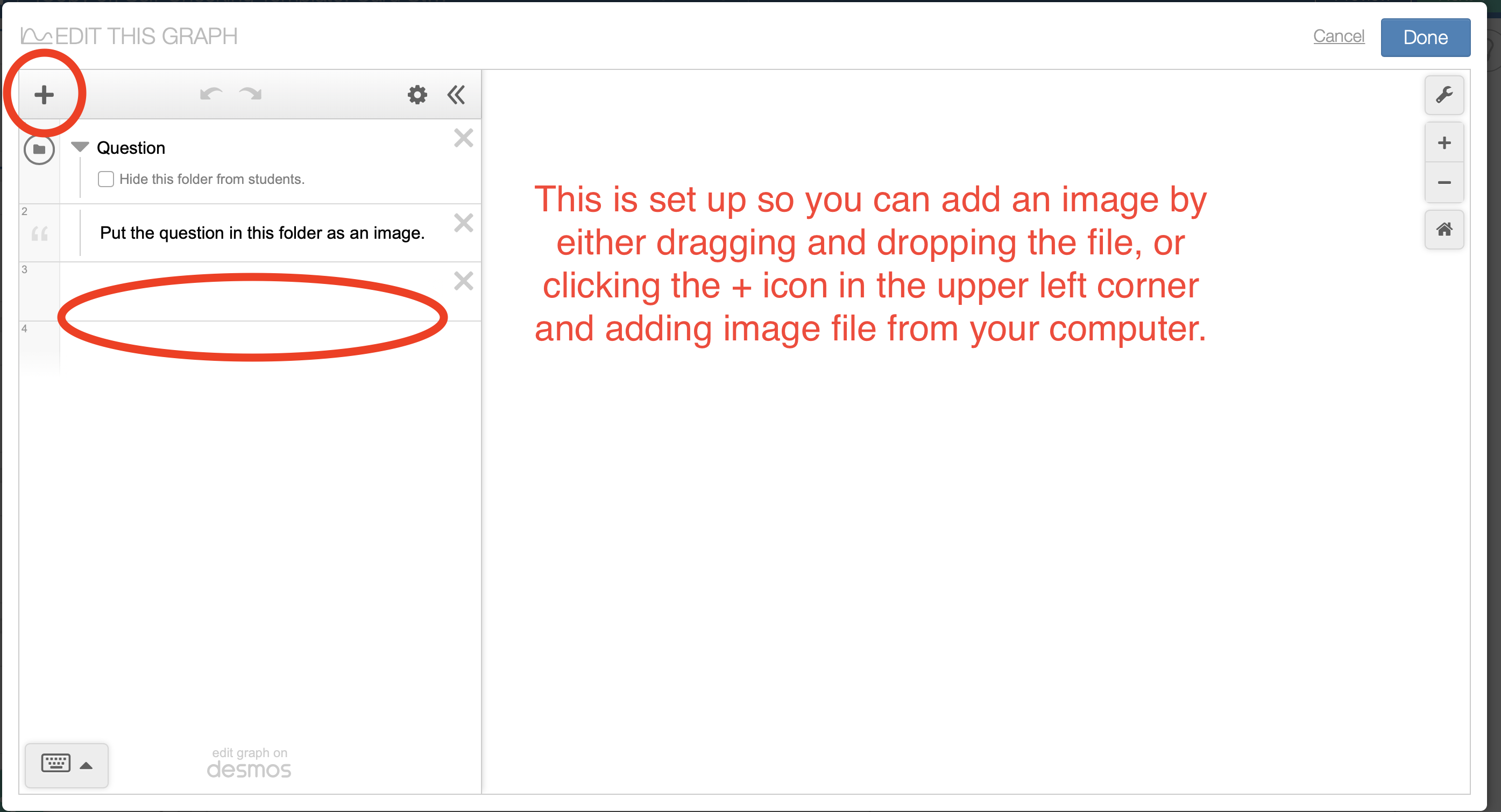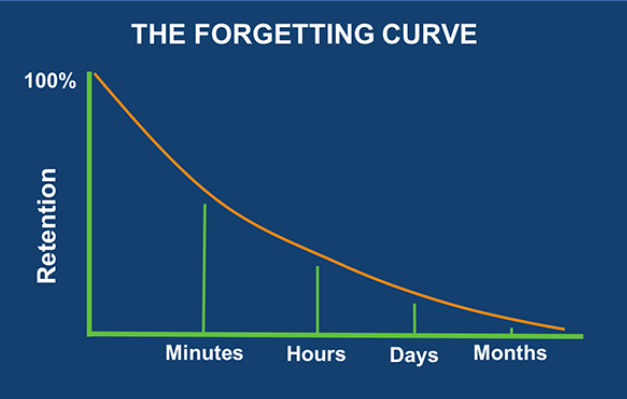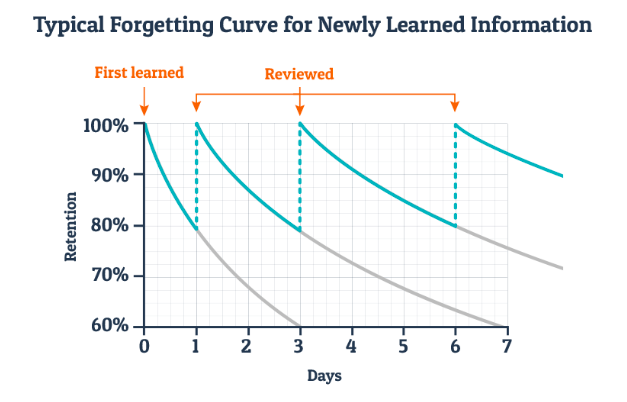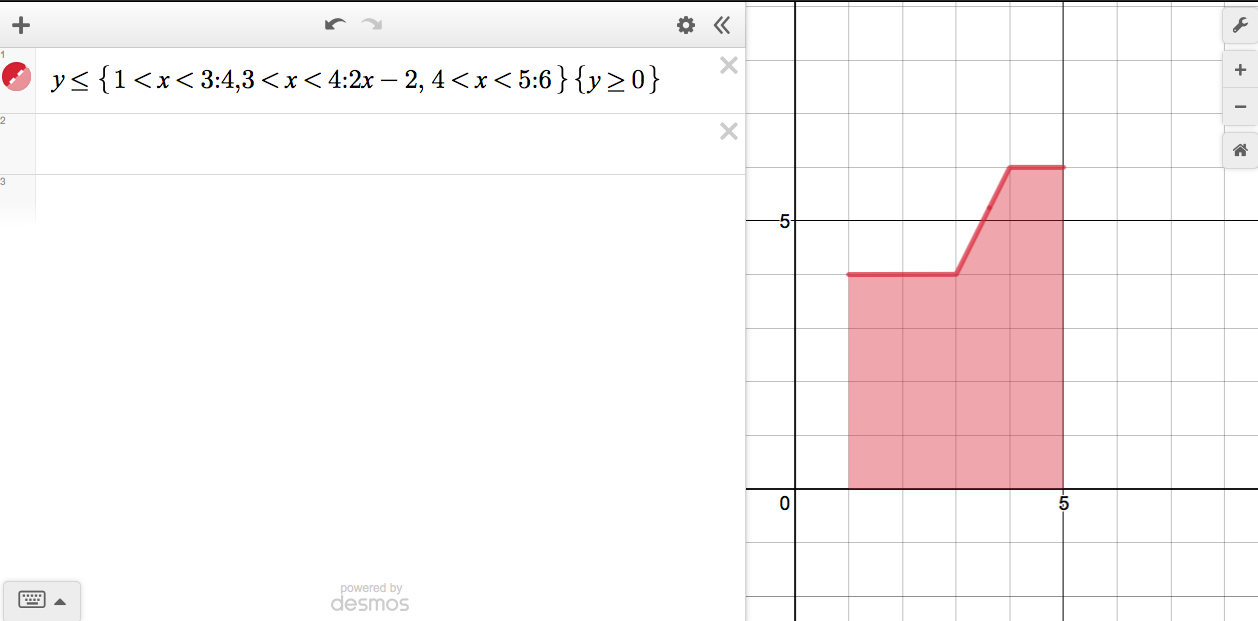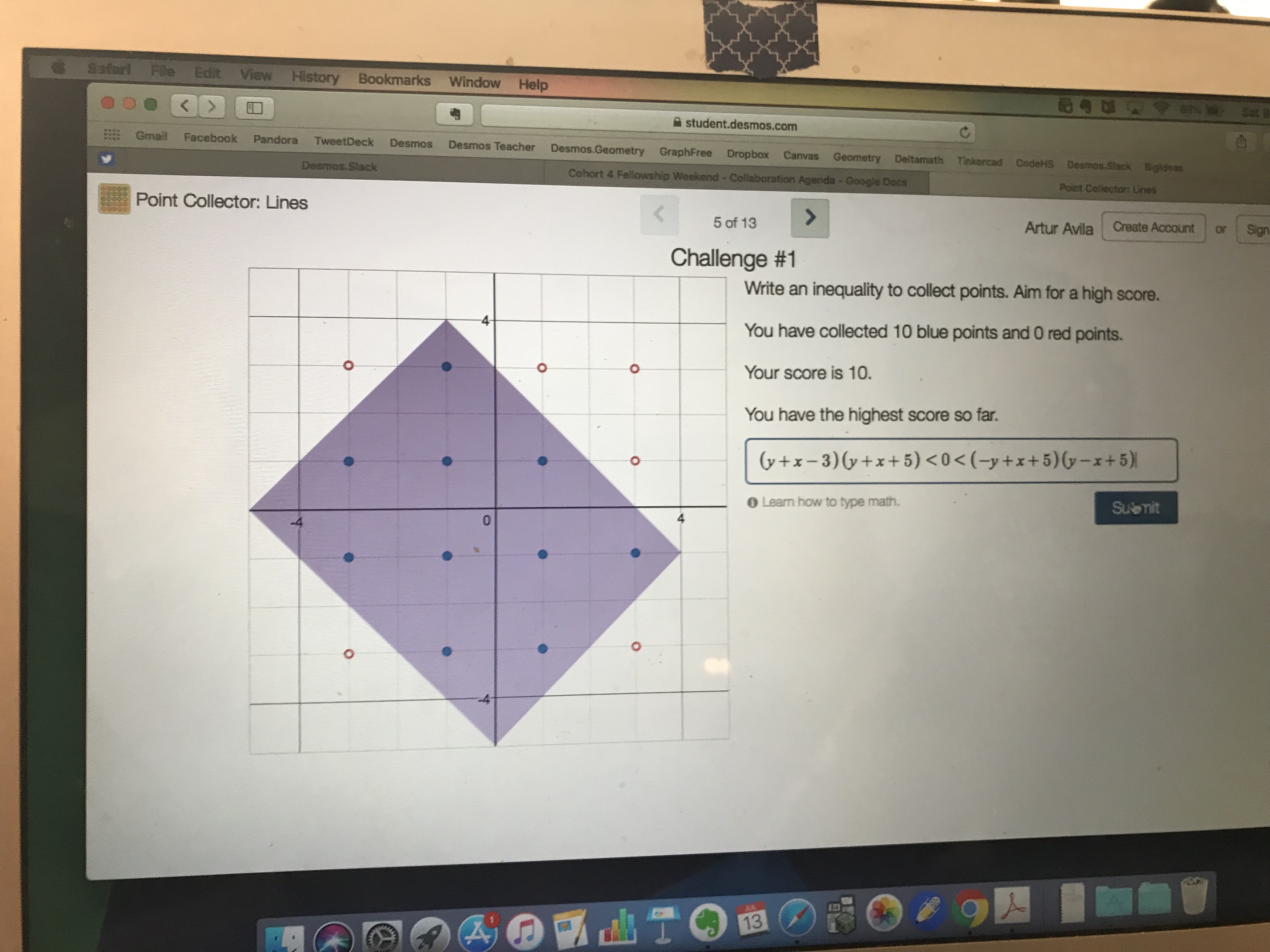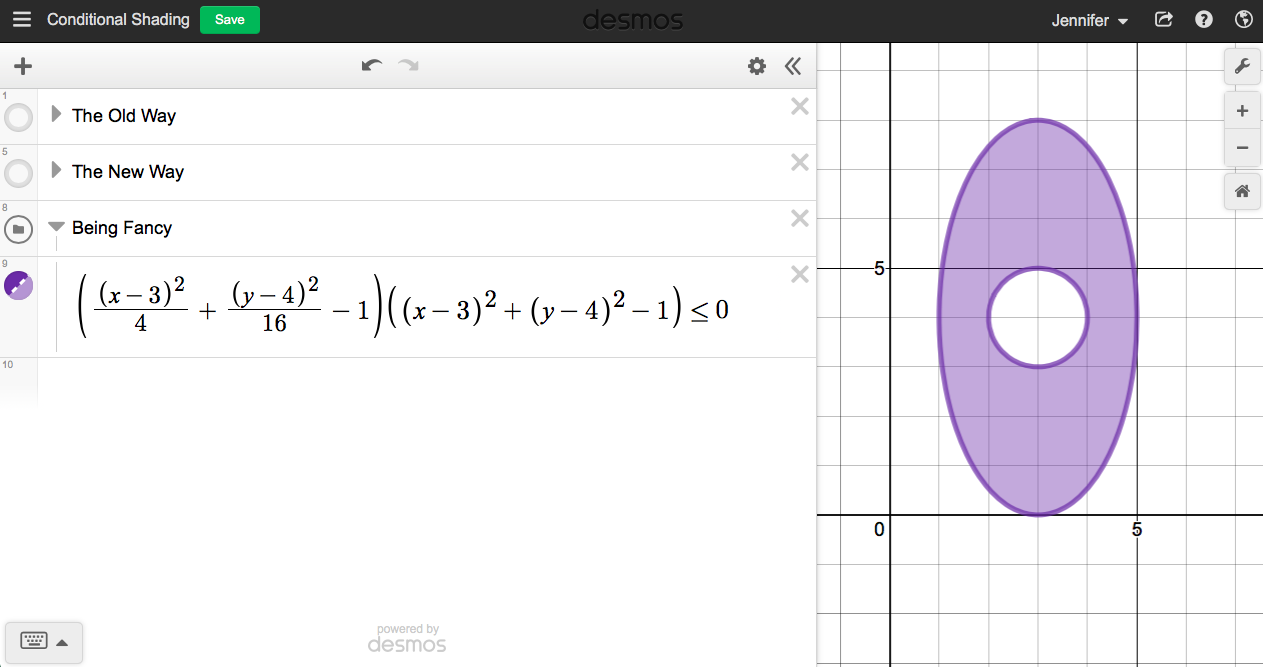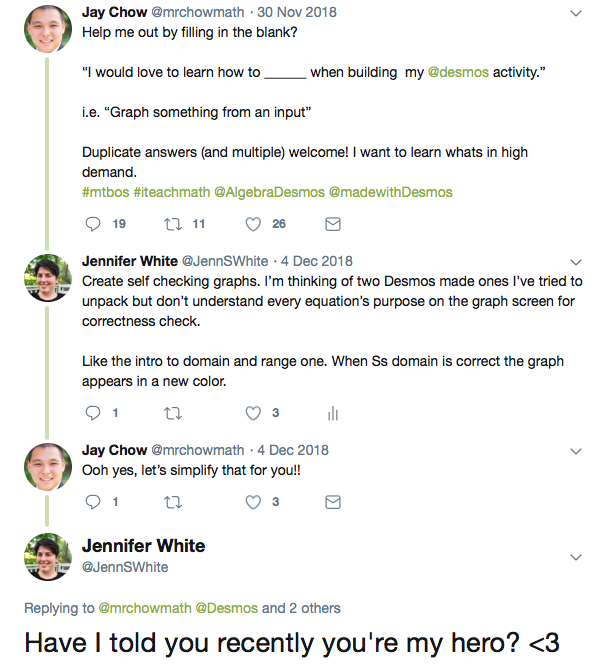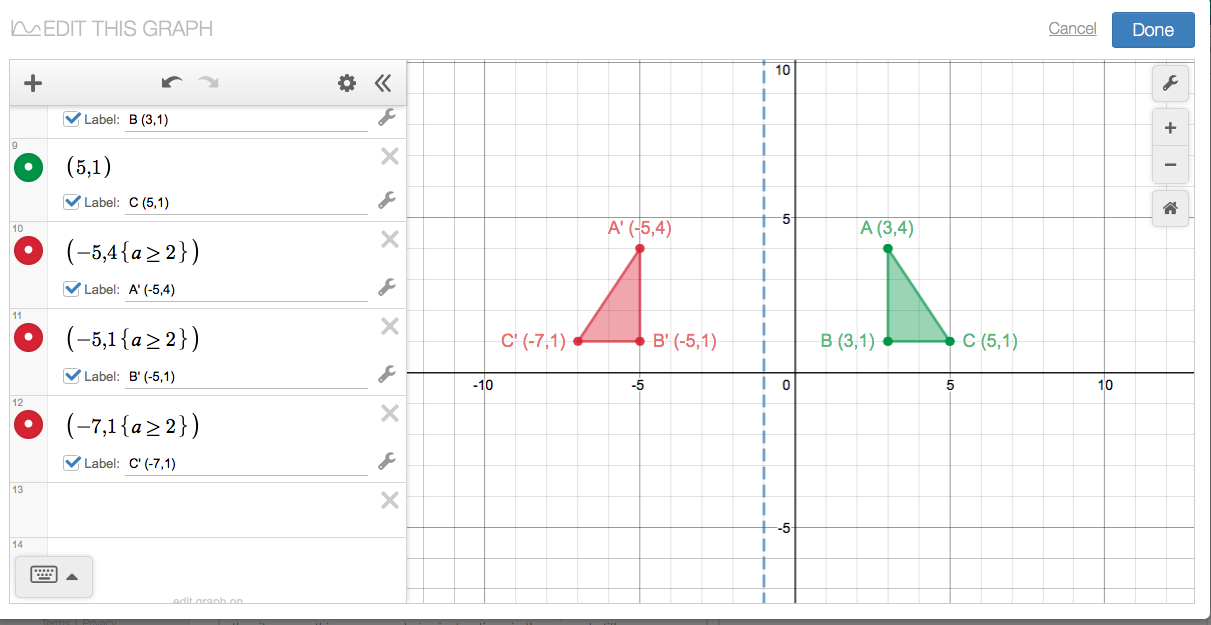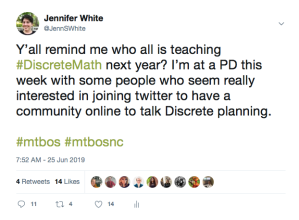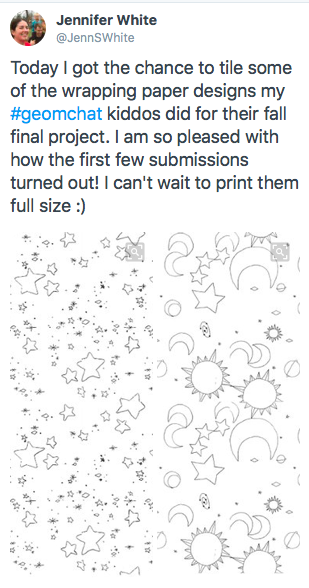Here is the last section of the Portfolio journal that my students will be keeping this school year. It is the least-complete of the three sections as it is still an active work in progress. I’m working with Sam Shah on this and I’m SUPER excited about its potential, albeit slightly overwhelmed at the logistics of creating the resource library for students.
I have 12 weeks with my students in which I feel comfortable assessing them. I have an additional opportunity in the form of a “Final Exam” for the course that will be a take home exam students will complete upon their return to their houses after Thanksgiving. I plan to use that final exam for the reflection part of this Expanding Math Journal.
Before I dive into the Expanding Math Journal I need to give you an overview of my expectations for student’s outside of class life: I will be flipping the classroom, students will be watching short (5-10 min) videos on content that we will then practice in the next class block. We have academic classes 4 days a week. In addition to watching videos I expect students to spend the week’s “HW Time” working on their deliverable for the week, aka their portfolio submissions for the week. Therefore I am expecting a total of approximately 2 hours of asynchronous work time; 40 minutes for watching lesson videos, and about an hour and twenty minutes for working on the week’s content. I have 12 weeks, so 6 of those weeks students will submit a Capstone Journal Task, which I have talked about in my previous posts, and the other 6 weeks students will submit a topic for they Expanding Math Journal.
Expanding Math Journal
I haven’t written my prompt to the students yet, but the general idea is:
During the first week of class I has asked you to write a little about your responses to the following questions:
– Who does math? What does a mathematician look like? (encourage them to draw a picture)– How can math be used for the benefit and detriment of society?
– What is Math? Write your definition of math using your own words.
You entire mathematical history has been spent exploring a rather slim branch of the mathematical family tree. In fact, you’ve probably spent most of your time exploring these 4 bubbles of mathematics:

The goal of the Expanding Mathematics Journal is to widen your understanding of what mathematics is, to rethink who does mathematics, and reevaluate your lens on how mathematics is used in society. This semester I will be asking you to complete 6 of these Expanding Mathematics Journal Entries, and your final exam for this course will be a reflection piece on how your Expanding Mathematics Journal and your Capstone Journal has changed or expanded your perception of mathematics and learning.
The Expanding Mathematics Journals will cover three categories, you are to do two entries from each category this semester. The categories are:
1. Who does Math?
2. Intersections of Math and Society
3. Expanding Your Definitions of Math
And that’s what I have right now. Like I said, it is still very much a work in progress. The idea is students will create a deliverable for each week that shows off their learning. That “deliverable” can look really different from students to student, but I’m envisioning sketch notes, or a summary, possibly a video of them explaining a new math concept they learned. But what I do know is that students will be reading articles, chapters from books, and watching videos about these three topics. Some sample ideas on what they will be exploring:
- Who Does Math?
- Intersections of Math and Society:
- Read some chapters from Weapons of Math Destruction, by Cathy O’Neil to see how algorithms are used. I particularly want them to read the chapters on algorithms and college, getting a job, or credit.
- Read a chapter from The Art of Logic: How to Make Sense in a World That Doesn’t by Eugenia Cheng. In particular the chapters on the directionality of logic, opposites and falsehoods, and blame and responsibility.
- Moon Duchin’s Podcast on Gerrymandering or Vi Hart’s Gerrymandering interactive blog the Parable of the Polygon.
- Podcast: Wrongfully Accused by an Algorithm
- And a collection of articles about mis-representing mathematics
- Expanding our Definition of Mathematics
- Annie Perkins (She’s awesome) $MathArtChallenge on her blog
- Pretty much any Vi Hart or Numberphile video
- Islamic Geometry Design videos
- Mathematical Games like the ones Ben Orlin posts over on his blog, the ones in Francis Su’s book Mathematics for Human Flourishing
And this isn’t an exhaustive list. Sam and I are still collecting resources and trying to figure out the best way to get those to our students. He’s got a slightly different plan for this than I’ve outlined, but it has been really fun having a thinking partner for this project. I’m really excited.


